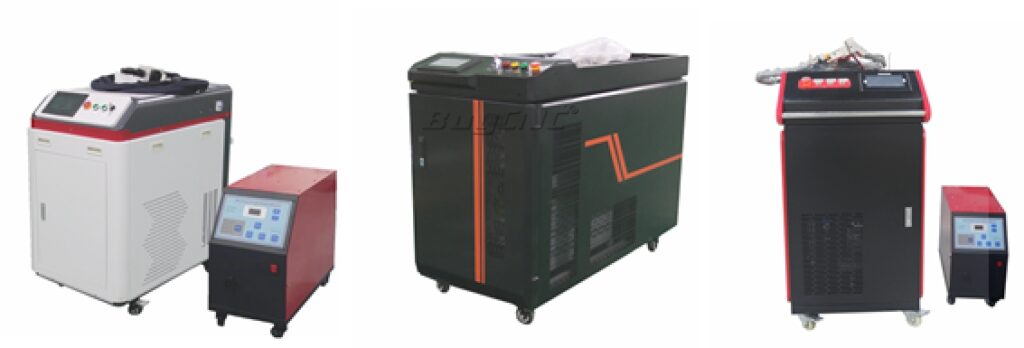Table of Contents
As an important tool in modern welding technology, the selection of power, current and voltage range of handheld laser welding machines is of great significance to the welding effect, operating efficiency and equipment safety. This article will provide an in-depth analysis of the power, current and voltage range of handheld laser welding machines, and provide a selection guide to help users choose a welding machine based on their needs.

Handheld laser welding machine power range
First, let’s look at the power range of handheld laser welding machines. Power is an important indicator of the output energy of a welding machine, which directly affects the welding speed and welding depth. Generally speaking, the power of handheld laser welding machines ranges from a few hundred watts to several kilowatts, depending on the different models and specifications of the equipment. For general households and small studios, lower power welding machines may be able to meet the needs;while for large industrial production lines or professional welding tasks, you need to choose higher power welding machines to ensure welding.
Current range of handheld laser welding machine
Secondly, the current range is another important parameter of the handheld laser welding machine. The size of the current directly affects the welding penetration and welding speed. The current range of a handheld laser welding machine is usually determined based on the thickness and type of welding material. For welding of thin sheet materials, a lower current range may be more suitable, while for welding of thicker sheets or special materials, higher currents are required. Therefore, when choosing a handheld laser welding machine, users should choose the appropriate current range according to their welding needs.
Voltage range of handheld laser welding machine
Finally, let’s look at the voltage range. Voltage is one of the basic conditions for the welding machine to work. It determines the stability and working efficiency of the welding machine. The voltage range of a handheld laser welding machine is usually determined based on the design of the equipment and the input power source. Generally speaking, handheld laser welding machines support a wider range of standard voltages to adapt to the power supply conditions in different countries and regions. However, in actual use, users should ensure that the input voltage of the welding machine matches the local power supply voltage to ensure the normal operation and safety of the equipment.
Other considerations for handheld laser welding machines
When choosing a handheld laser welding machine, users also need to consider other factors, such as the stability, reliability, and ease of operation of the equipment. In addition, different brands and models of handheld laser welding machines may have differences in power, current and voltage range, and users should choose according to their actual needs and budget.

To sum up, the power, current and voltage range of a handheld laser welding machine are important factors affecting the welding effect, operating efficiency and equipment safety. When choosing a handheld laser welding machine, users should reasonably select the power, current and voltage range of the equipment based on their welding needs, material type and thickness, power supply voltage and other factors. At the same time, attention should also be paid to the stability and reliability of the equipment to ensure welding quality and operational safety. By deeply understanding and comparing the parameters and performance of different products, users can find the handheld laser welding machine that best suits their needs and improve the efficiency and quality of welding work.